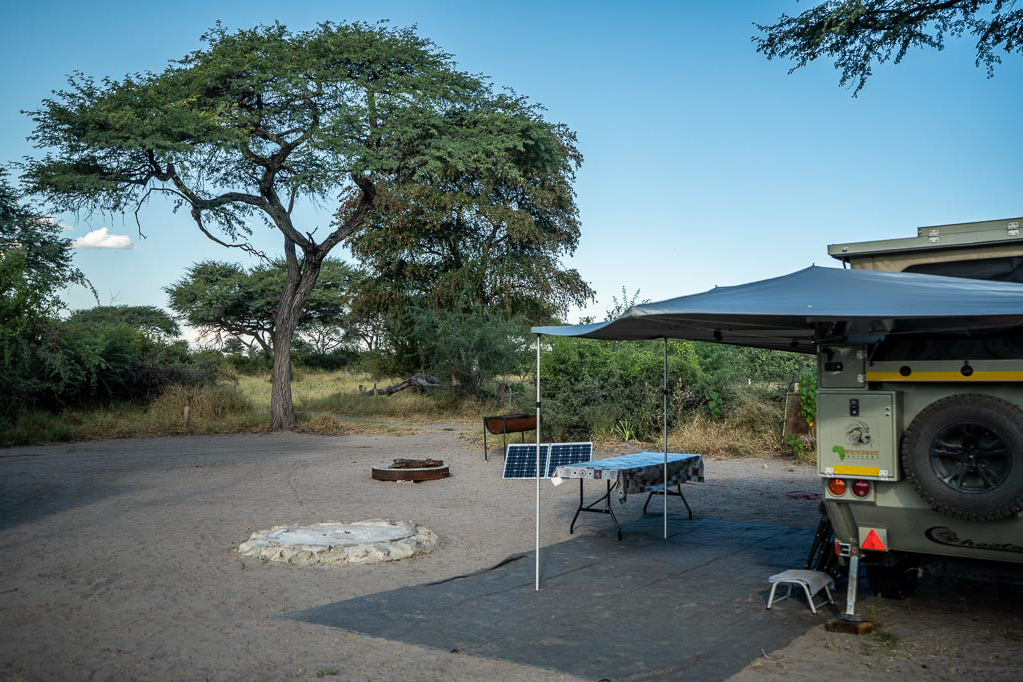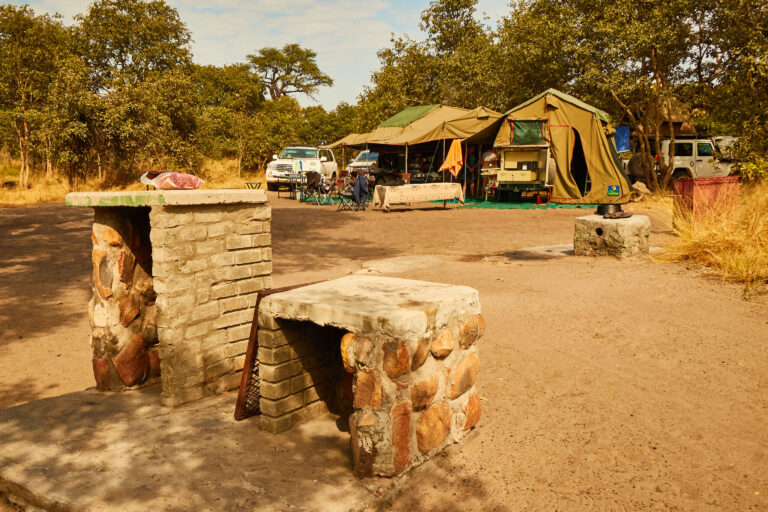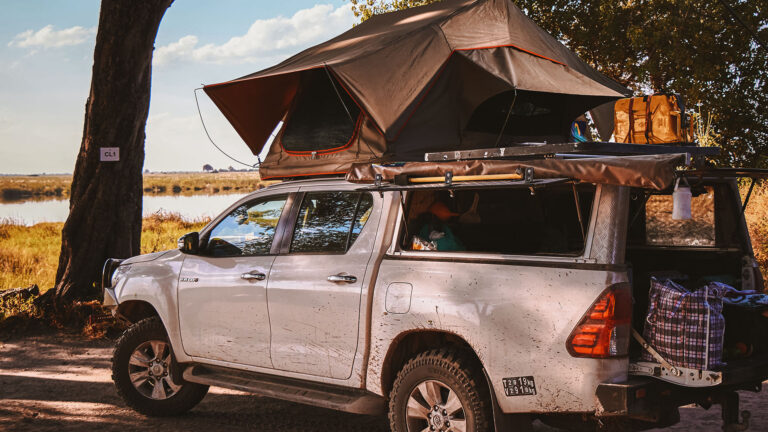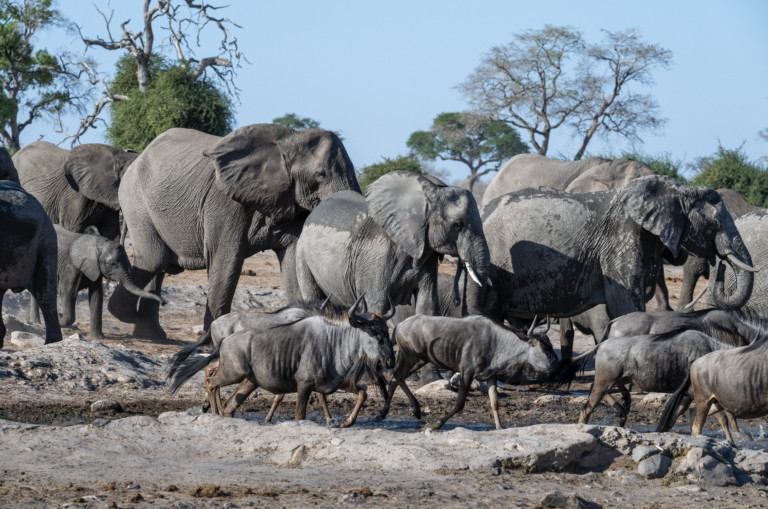A self drive safari offers a unique and exciting way to explore Africa’s national parks and game reserves. With the freedom to create your own itinerary and travel at your own pace, self-drive safaris are an ideal option for those who want to experience the thrill of driving in search of wildlife and natural wonders.
Whether you’re a seasoned traveler or embarking on your first African adventure, self-drive safaris provide an unforgettable road trip experience.
Imagine navigating through the heart of the savannah, spotting majestic lions, or witnessing a herd of elephants at a watering hole—all from the comfort of your own vehicle. This level of autonomy allows you to immerse yourself fully in the environment, making each discovery feel personal and profound.
In this article we explore what self drive adventures involve, their planning and what to expect from them.
What Is a Self Drive Safari?
A self-drive safari is an extraordinary way to experience Africa’s breathtaking landscapes, allowing you to take control of your own journey. Instead of following a strict itinerary set by a tour operator or relying on a guide, you rent—or bring—your own 4×4 vehicle and chart the course yourself, embracing the independence and flexibility of self driving.
This hands-on approach can be both exhilarating and enlightening, as it immerses you in every aspect of the safari experience.
Embracing the Spirit of Adventure
By choosing a self drive safari, you’re committing to exploration at its purest. You’ll wake up at dawn, pack your gear into your vehicle, and set off on roads that may range from smooth tarmac to challenging dirt tracks.
Each twist and turn becomes part of your story, offering a sense of wonder often missing in more conventional travel.
Why Go on a Self-Drive Safari?
A self drive safari offers a level of customization and spontaneity that is hard to find elsewhere. In contrast, a guided safari often provides an expert’s knowledge and experience, facilitating better wildlife viewing opportunities while also ensuring safety and comfort compared to self driving.
- Freedom to Explore: Whether you stumble upon a watering hole brimming with wildlife or a panoramic viewpoint overlooking an endless savannah, you decide how long to stay and what to focus on.
- Sense of Accomplishment: Navigating remote roads and sometimes tricky conditions can feel like a personal triumph. This is not merely sightseeing—you’re engaging with your environment on a deeper level.
- Deep Immersion: Each decision—when to drive, where to stop, and how to respond to unexpected challenges—brings you closer to Africa’s raw beauty. You’ll likely develop a stronger bond with the places and people you encounter, turning your trip into a life-changing experience rather than a simple holiday.
The Joy of Discovery
On a self-drive safari, nothing is predetermined. Spot a herd of elephants crossing the road? You can follow them quietly for as long as you like. A sudden rainstorm turns a dirt road into a mudslide? You’ll problem-solve and adapt, learning to read the land and trust your instincts.
For those who enjoy discovering natural wonders independently, self drive tours offer the perfect blend of freedom and adventure.
Choosing the Right National Park
With numerous national parks and game reserves to choose from, selecting the right one for your self-drive safari can be overwhelming. Chobe National Park in Botswana is a popular choice, offering an unparalleled wildlife experience with its diverse range of flora and fauna. Chobe National Park, located in Botswana, is an excellent choice for a self-drive safari due to its remarkable biodiversity and stunning landscapes.
Known for its large elephant herds, Chobe offers an unforgettable wildlife experience. The park’s diverse ecosystems, ranging from lush floodplains to dense forests, provide a habitat for a wide variety of animals, including lions, leopards, and numerous bird species, making it a paradise for bird watchers and wildlife enthusiasts alike.
The park’s proximity to the Chobe River allows for unique game viewing experiences, especially during the dry season when animals congregate around water sources. With several campsites and lodges within the park, visitors can choose accommodation that suits their budget and preference, enhancing the overall adventure.
Chobe’s strategic location also makes it a great starting point for exploring other parts of Southern Africa, offering a seamless blend of adventure and relaxation on your self-drive safari.
Other notable national parks include Serengeti National Park in Tanzania, Maasai Mara National Reserve in Kenya, and Etosha National Park in Namibia. When choosing a national park, consider factors such as the time of year, wildlife populations, and road conditions to ensure a safe and enjoyable self-drive safari experience.
For instance, the dry season often provides better wildlife viewing opportunities as animals gather around water sources. Additionally, some parks have well-maintained roads suitable for beginners, while others may require advanced 4×4 driving skills.
The Best Places to for a Self drive adventure In Botswana
The Best Places for a Self-Drive Adventure in Botswana
Botswana is a premier destination for self-drive safaris, offering a diverse range of landscapes and abundant wildlife. Among the top places to explore are Khwai, Kumaga, Savuti, and Linyanti, each providing a unique safari experience. For those seeking a blend of adventure and comfort, the SKL campsites in these areas offer excellent accommodation options.
Khwai

Khwai is a wildlife-rich area located on the fringes of the Moremi Game Reserve. Known for its diverse ecosystems, Khwai offers incredible game viewing opportunities, including sightings of predators like lions and leopards. The SKL campsite in Khwai provides a perfect base for exploring the region. With spacious campsites and basic amenities, it offers a comfortable stay amidst the wilderness.
Kumaga

Situated along the Boteti River, Kumaga is renowned for its dramatic landscapes and large herds of elephants. The SKL campsite at Kumaga offers stunning views of the river and is an ideal spot for witnessing the seasonal zebra migration. With well-maintained facilities and easy access to the Makgadikgadi Pans National Park, it’s a must-visit for self-drive enthusiasts.
Savuti

Savuti is famous for its dynamic wildlife and the mysterious Savuti Channel, which flows unpredictably. The area is home to large prides of lions, elephants, and a variety of bird species, making it a paradise for wildlife photographers and bird watchers. The SKL campsite in Savuti offers a rustic yet comfortable setting, allowing visitors to immerse themselves in the untamed beauty of the region.
Linyanti

Linyanti, located in the northern part of Botswana, is known for its remote wilderness and diverse habitats. The Linyanti Marshes attract a plethora of wildlife, including hippos, crocodiles, and an array of birdlife. The SKL campsite here provides a secluded retreat, perfect for those looking to escape the crowds and enjoy a tranquil safari experience.
Safety and Preparation
Driving in Africa can be safe and manageable if you prepare thoroughly and remain vigilant throughout your journey.
- Research Destinations: Familiarize yourself with road quality, weather patterns, and the types of wildlife you’ll encounter. Certain areas have seasonal road closures, and wildlife habits can differ based on climate and geography.
- Rental Cars: When planning an independent self-drive safari, consider the practicality and limitations of using rental cars. Detailed information on road conditions and travel logistics is essential, especially if you plan to cross borders or enter parks. Be aware of the specific requirements and restrictions for rental cars in East Africa.
- Maintain Your Vehicle: A well-serviced 4×4 is crucial. Before setting off, check tire pressure, oil levels, and ensure you have a full set of emergency tools. Spare tires and basic repair kits can be a lifesaver.
- Pack Smart: Besides the essentials (maps, GPS, food, and water), consider carrying extra fuel, a fire extinguisher, and a reliable communication device—especially in remote locations with poor cell coverage.
- Respect Wildlife: Your vehicle might feel sturdy, but large animals like elephants or buffalo can be unpredictable. Slow down near wildlife, keep a safe distance, and never, ever feed the animals.
- Manage Paperwork: If you’re crossing borders, make sure you have the correct visas and insurance. Some countries require international driving permits or additional documentation for vehicle imports.
Navigating Emergencies
It’s wise to plan for the unexpected. Share your itinerary with someone back home, carry a first-aid kit, and know how to contact local authorities or park rangers if necessary. Precaution and preparedness can help you handle most obstacles calmly. Additionally, having a reliable rental car is crucial for handling emergencies effectively.
Safety Precautions
Safety is a top priority when embarking on a self-drive safari. It’s essential to take necessary precautions to ensure a safe and enjoyable experience.
Always carry a first-aid kit, spare tire, and satellite phone in case of emergencies. Additionally, be aware of your surroundings, keep a safe distance from wildlife, and avoid driving at night. By taking these precautions, you can minimize risks and focus on enjoying your self-drive safari adventure.
Remember, the African wilderness can be unpredictable, so staying prepared and vigilant is key. Regularly check weather forecasts and road conditions, and always inform someone of your itinerary and expected return times.
Planning Your Self-Drive Safari
Planning a self-drive safari requires careful consideration of several factors, including the time of year, road conditions, and accommodation options. Research your destination thoroughly, and create a detailed itinerary to ensure a smooth and enjoyable trip.
Consider factors such as the distance between destinations, fuel availability, and vehicle maintenance to avoid any unexpected issues. By planning ahead, you can ensure a successful and unforgettable self-drive safari experience.
Make sure to account for rest days and potential delays, allowing flexibility in your schedule. Stock up on essential supplies like food, water, and fuel, especially if you plan to venture into remote areas where amenities are scarce.
Car Rental Options
When it comes to car rental options for your self-drive safari, there are several factors to consider. Choose a reputable car rental company that offers 4×4 vehicles, which are essential for navigating Africa’s rugged terrain. Consider the size of the vehicle, fuel efficiency, and safety features to ensure a comfortable and safe driving experience.
Additionally, be sure to check the vehicle’s maintenance record and insurance options to avoid any unexpected costs. By selecting the right car rental option, you can ensure a successful and enjoyable self-drive safari adventure. Look for rental packages that include roadside assistance and emergency support, providing peace of mind as you embark on your journey.
Accommodation Options
One of the greatest advantages of a self-drive safari is the array of lodging possibilities. This flexibility means you can tailor your experience to fit your comfort level and budget.
- Camp Under the Stars: For an authentic wilderness experience, camp in designated areas. Falling asleep to the sounds of nature and waking up at sunrise can be incredibly rejuvenating. Consider Kgalagadi Transfrontier Park, a stunning wilderness area that spans South Africa and Botswana, known for its distinctive red dunes and diverse wildlife, including black-maned lions. It’s an ideal destination for travelers seeking a serene adventure in nature.
- Choose Convenience: If you prefer more amenities, opt for recognized campsites or mid-range lodges that offer hot showers, restaurants, and sometimes guided excursions.
- Splurge on Luxury: Treat yourself to high-end lodges equipped with gourmet dining, plush accommodations, and expert-guided activities. This blend of comfort and adventure can make for a memorable trip.
Finding the Right Balance
You might decide to split your nights between simpler campsites and upscale lodges. This approach can balance your desire for authenticity with the need for occasional comfort and indulgence.
Do You Need a Guide?
A self-drive safari is defined by its independence, but that doesn’t mean you can’t seek expert help.
- Lodge-Based Guides: Many accommodations provide optional guided game drives or walking safaris. You can learn about local ecosystems, track animals more effectively, and gain insights you might miss when going solo.
- Hybrid Approach: Some travelers like to self-drive between lodges but join guided tours at each destination. This gives you the thrill of the open road while still benefiting from a professional’s knowledge.
- Self-Driving in East Africa: Self-driving safaris in East Africa, including countries like Kenya, Tanzania, and Uganda, offer unique experiences. They are often more cost-effective and provide an immersive adventure compared to guided tours. You can explore specific road trip routes and visit various national parks independently, enjoying the flexibility and freedom of your own schedule.
Advantages of Going Solo
Driving yourself encourages a more personal connection with the landscape. You’ll develop navigational skills, learn to read wildlife tracks, and gain a sense of autonomy that can be deeply empowering.
Making the Most of Your Self-Drive Safaris
Embarking on a self-drive safari is both liberating and humbling. Here are some tips to ensure a fulfilling journey:
- Plan in Advance: Research top wildlife areas, best seasons for sightings, and road conditions. This sets a solid framework, but remember to keep some wiggle room in your schedule.
- Stay Flexible: Unanticipated events—like spotting a rare animal—can be the highlight of your trip. Don’t rush; allow for spontaneous detours.
- Embrace the Journey: Slow down and absorb the scenery. Watch how the light changes throughout the day, how animals interact with their environment, and how local communities adapt to the land.
Balancing Structure and Spontaneity
A successful self-drive safari typically involves a mix of planned routes and spontaneous exploration. Scheduling your most anticipated sightings or destinations is fine—but leave room for unplanned wonders.
Recommended Destinations: Kruger National Park
While self-drive safaris are possible in many African nations, these destinations are known for ease of travel, abundant wildlife, and scenic beauty:
- Namibia: Renowned for its dramatic desert landscapes and well-maintained roads, particularly around Etosha National Park.
- South Africa: Home to the famous Kruger National Park and a robust tourism infrastructure, making it ideal for both new and experienced travelers.
- Botswana: Offers iconic wilderness experiences in the Okavango Delta and Chobe National Park. Some areas require more advanced 4×4 skills.
- Kenya & Tanzania: Known for the Masai Mara and Serengeti, these countries promise epic wildlife encounters. Prepare for rustic roads and a more rugged travel experience.
- Southern Africa: A prime region for self-drive safaris, especially during the dry season from May to October when wildlife viewing is optimal as animals gather around water sources. Countries like Botswana offer stunning landscapes and adventurous, less crowded safari experiences.
Diversify Your Itinerary
Combining multiple countries in one journey can showcase Africa’s incredible diversity. Just remember to coordinate border crossings and vehicle permits in advance.
Consider including a Botswana itinerary to explore its rich wildlife and national parks, such as the Makgadikgadi Pans National Park, Chobe National Park, and Moremi Game Reserve, for a unique self-drive safari experience.
Budget Considerations
Cost can vary greatly depending on the level of comfort and the specific experiences you desire.
- Vehicle Rental and Fuel: A sturdy 4×4 is essential. Research rental packages to find one that includes insurance, roadside assistance, and possibly even camping gear. Driving conditions in East Africa can be challenging with potholes and variable road conditions, similar to those encountered in South America.
- Park Fees: National park entrance fees can add up quickly. Investigate multi-day passes or combination deals if you plan to visit multiple parks.
- Accommodation: From budget-friendly campsites to lavish lodges, pick the option that aligns with your travel style and finances.
- Food and Supplies: Stocking up at local supermarkets can be more cost-effective than dining out for every meal. Keep in mind, however, refrigeration and safe food storage.
Saving Tips
Travel during shoulder seasons to find better rates on lodging and rentals. Also, consider sharing expenses with travel companions, which can make a significant difference in costs.
Responsible Travel and Conservation
Protecting the environment and supporting local communities should be priorities on any safari.
- Leave No Trace: Adhere to park rules for waste disposal, campfires, and vehicle use.
- Support Local Communities: Frequent local markets, eateries, and community-run lodges whenever possible. This helps sustain livelihoods and encourages conservation efforts.
- Wildlife Etiquette: Observing animals from a respectful distance reduces stress on wildlife and keeps you safe.
A Lasting Impact
By traveling responsibly, you help ensure that Africa’s natural wonders remain vibrant and sustainable for generations to come.
Is a Self-Drive Safari Right for You?
Self-drive safaris are not one-size-fits-all. They appeal to you if you:
- Crave Adventure: You should be prepared for potential challenges and unexpected detours.
- Value Independence: If you relish setting your own schedule and making decisions on the fly, this is for you.
- Enjoy Hands-On Experiences: From driving to setting up camp, you’ll be involved in every detail.
If these points resonate with you, then a self-drive safari might just be the perfect way to immerse yourself in Africa’s awe-inspiring wilderness.
Final Thoughts
A self-drive safari is about liberation, curiosity, and respect for the offroad. You’ll traverse scenic routes, encounter incredible wildlife, and shape every aspect of your adventure—leading to memories that will stand out among a lifetime of travels.
With good preparation, an adaptable attitude, and a commitment to responsible travel, you can embark on a journey that not only transforms your understanding of Africa but also enriches your own sense of possibility and wonder.
Experience SKL Campsites
SKL campsites in these areas are renowned for their strategic locations and commitment to providing an authentic safari experience. With basic amenities and a focus on sustainability, these campsites offer a perfect balance of comfort and adventure. Whether you’re exploring the lush landscapes of Khwai or the open savannahs of Savuti, SKL campsites ensure a memorable stay in the heart of Botswana’s wilderness.
Going on a self-drive adventure in Botswana allows you to explore these remarkable destinations at your own pace, creating unforgettable memories in one of Africa’s most pristine natural environments.
Frequently Asked Questions (FAQ) About Self-Drive Safaris
Can you self-drive safari?
Yes, you can embark on a self-drive safari in many African countries. This adventure allows you to explore national parks and game reserves at your own pace, offering a unique and personal wildlife experience.
Why are Botswana safaris so expensive?
Botswana safaris tend to be more costly due to the country’s commitment to low-impact, high-quality tourism. This approach helps preserve the natural environment and ensures a more exclusive experience with fewer visitors.
Is self-driving safari safe?
Self-driving safaris can be safe if you are well-prepared. It’s crucial to research road conditions, wildlife behavior, and safety guidelines. Carrying essential supplies, a first-aid kit, and a satellite phone can enhance safety.
What is self-drive vs guided safari?
A self-drive safari allows you to explore independently, setting your itinerary and driving your own vehicle. In contrast, a guided safari involves a professional guide who provides expertise, which can enhance wildlife viewing and ensure safety.
What should I consider when planning a self-drive safari?
When planning, consider the time of year, road conditions, vehicle rental options, and accommodation. Research national parks to visit and ensure you have the necessary permits and documentation for border crossings.
How do I choose the right vehicle for a self-drive safari?
Select a reliable 4×4 vehicle with good fuel efficiency and essential safety features. Ensure the vehicle is well-maintained and consider rental packages that include insurance and roadside assistance.
Are there any budget tips for a self-drive safari?
Travel during shoulder seasons for better rates, share costs with companions, and stock up on supplies from local markets. Consider multi-day park passes for cost savings.
By addressing these common questions, you can better prepare for an unforgettable self-drive safari adventure in Africa.
